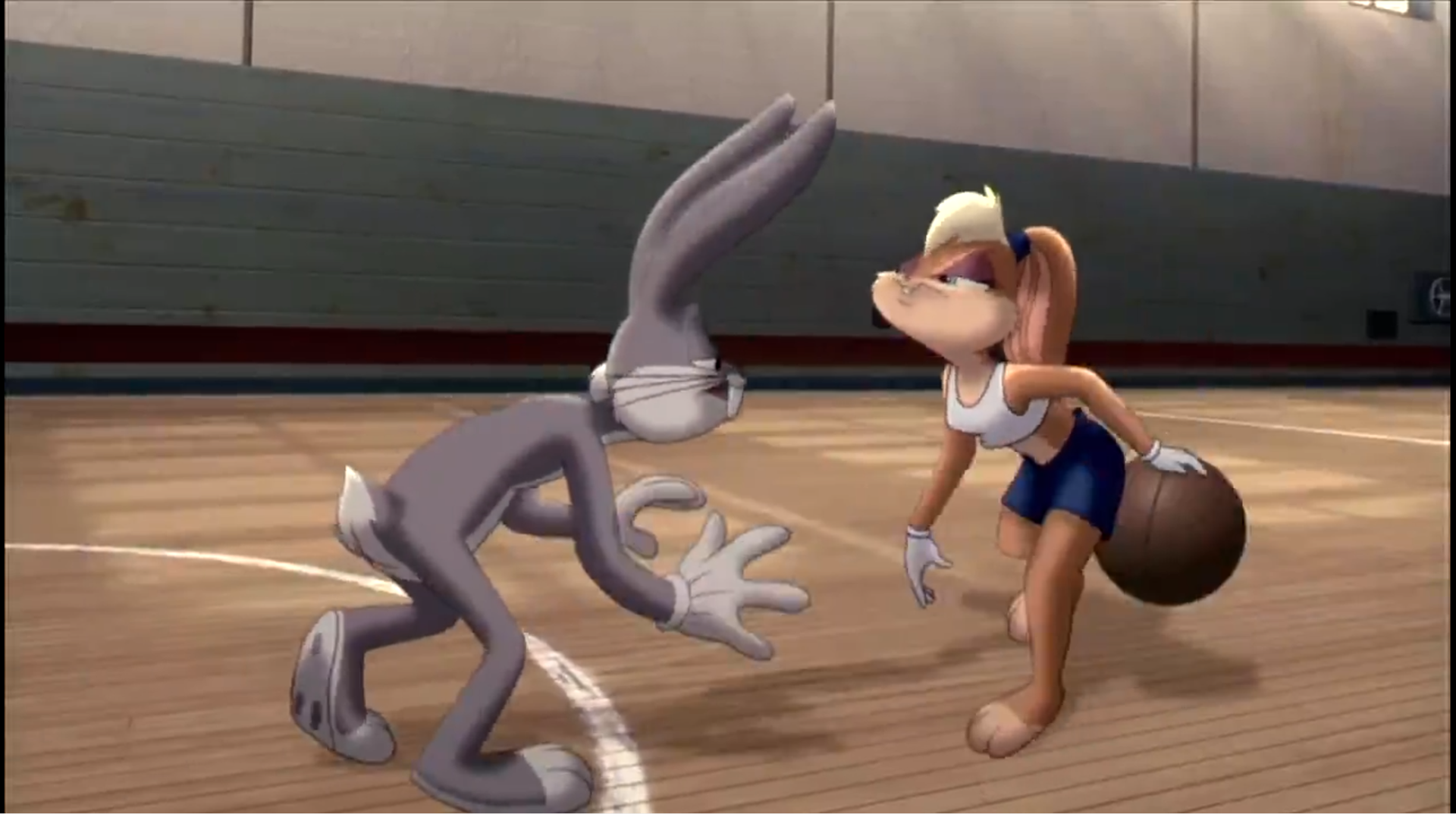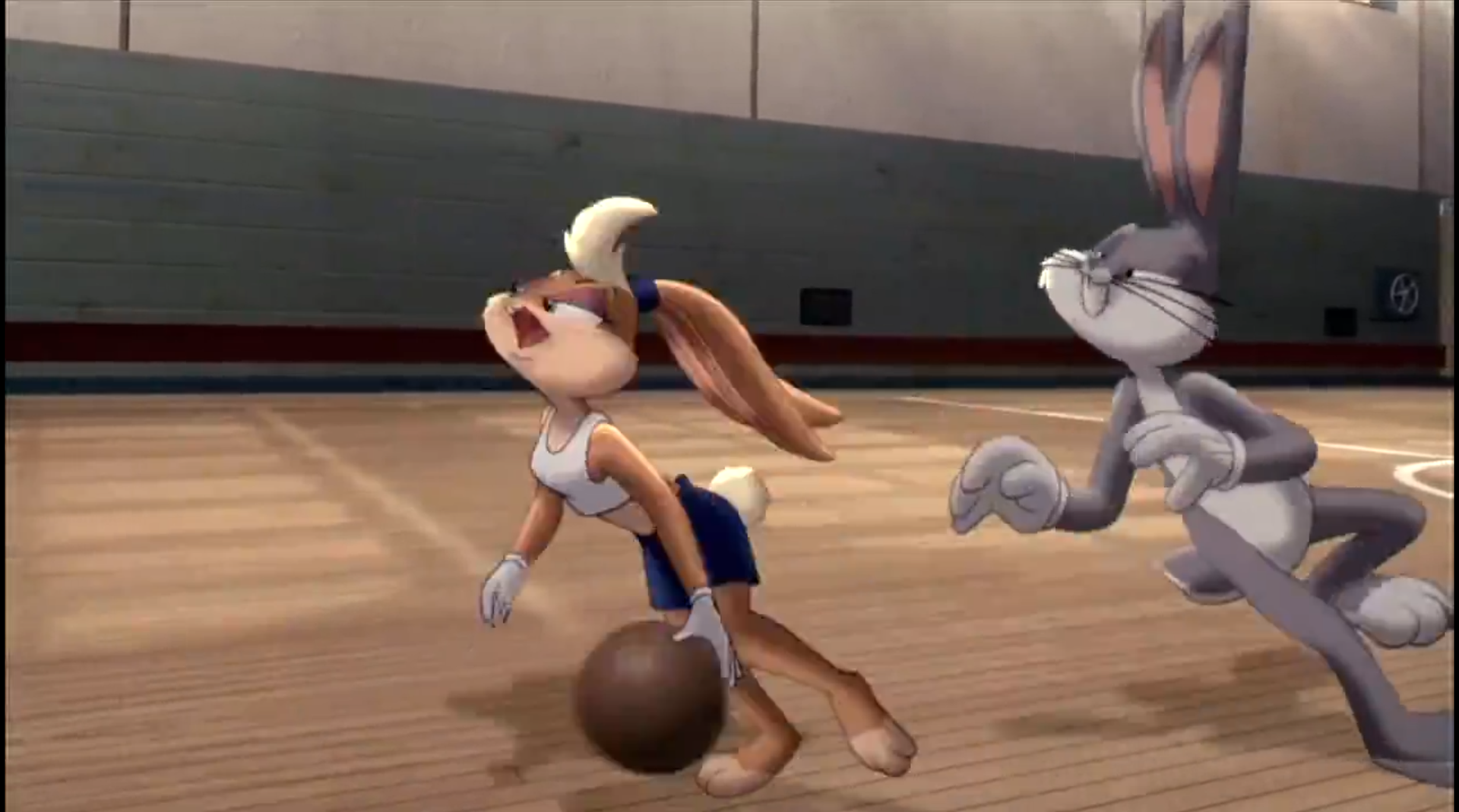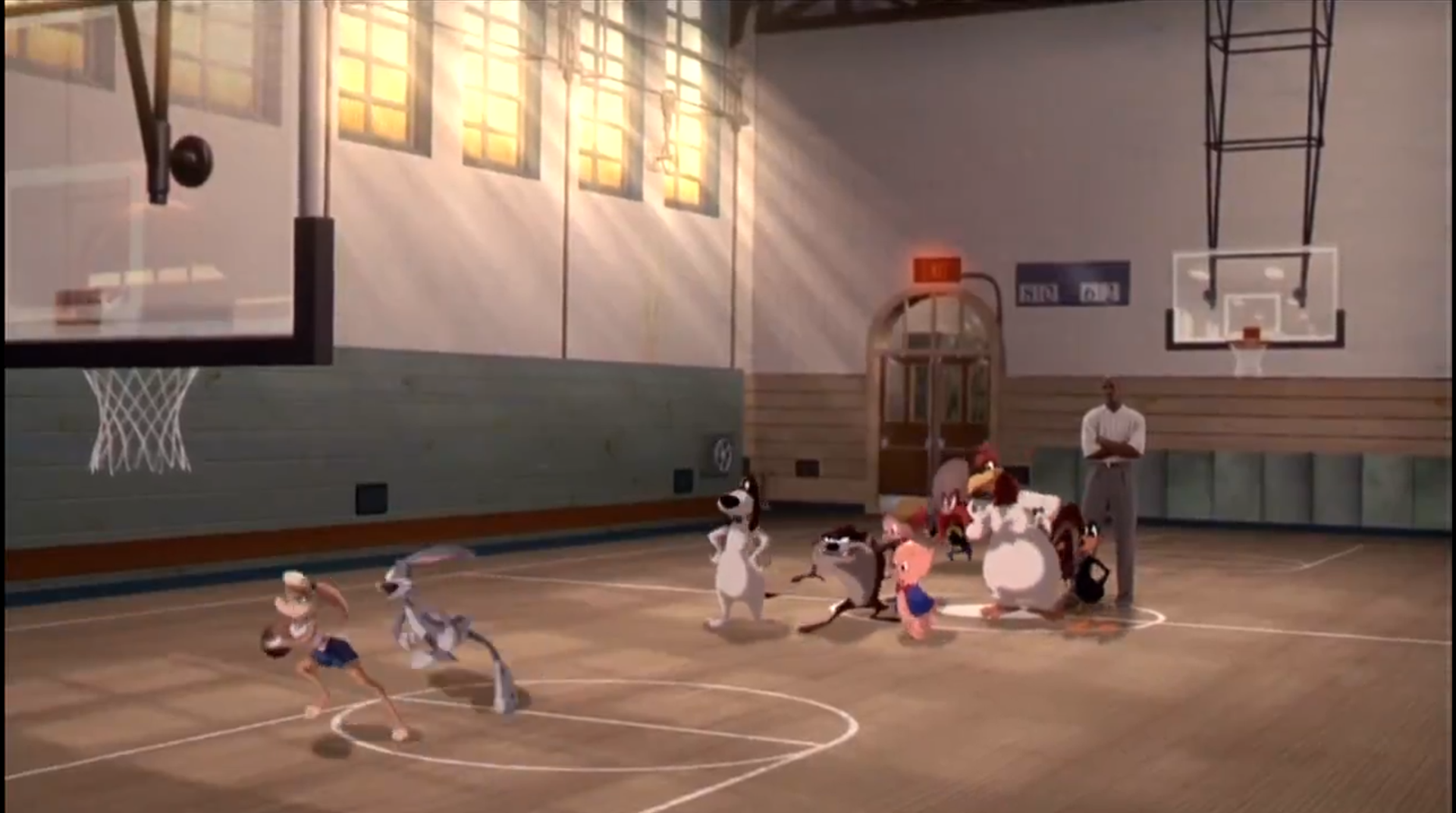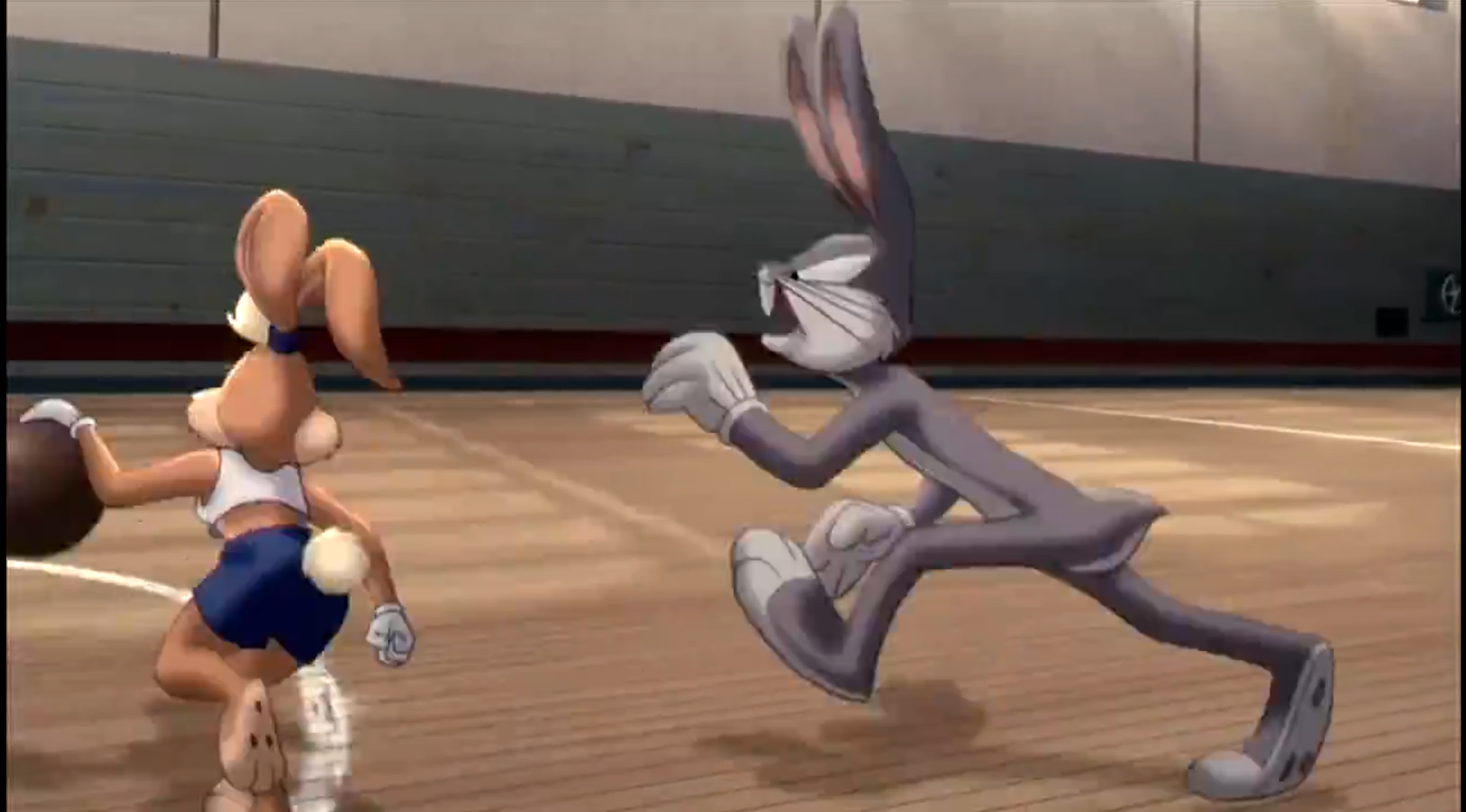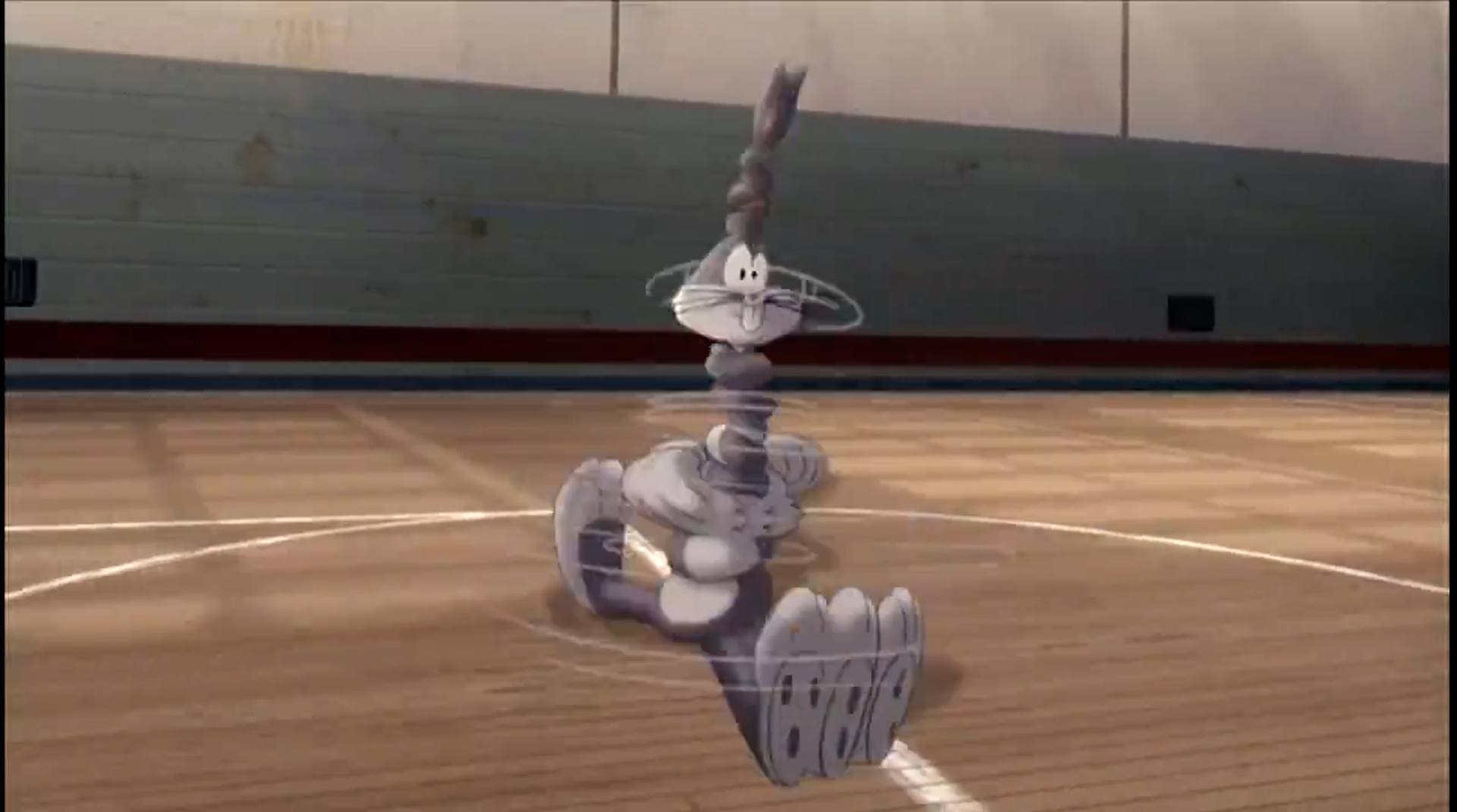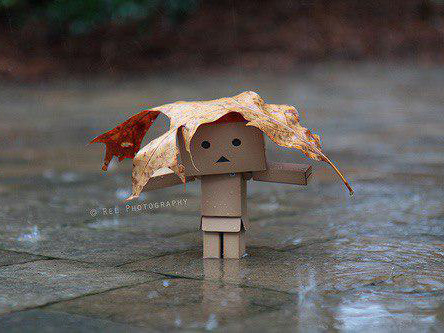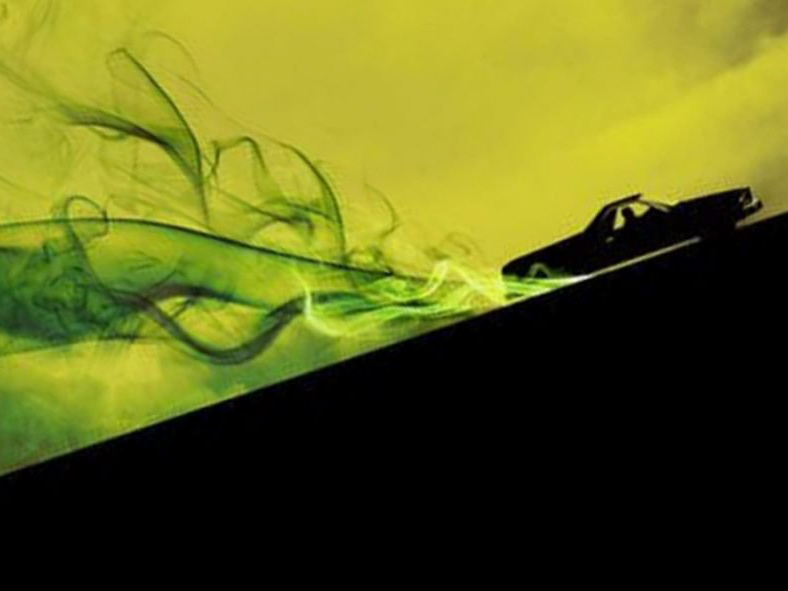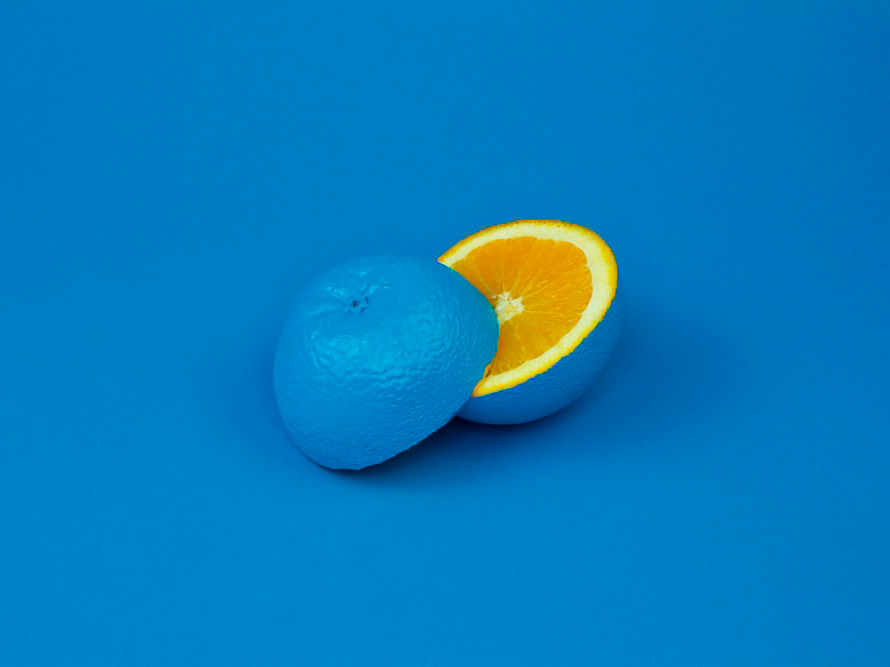Click HERE for the link.
Anticipation: 38:25, 38:34, 38:48, 39:06
Anticipation is an animation technique which leaves the viewers of the sequence prepared and expecting a certain action to take place. It helps in subtly prompting the viewers into knowing that some sort of action is about to occur after the anticipation prompt is depicted. It is often used in conjunction with an easing in or easing out technique to help establish realism through some sort of an emphasis created as a result of easing in or out. I pulled out a couple of examples from the movie where it is more than evident that this technique has been used. Many examples can be seen in the Schlesinger gym scene where the Looney tunes (apparently it isn't toons :P) and Michael Jordan are about to train and refresh their basketball skills. The ball falls into Wile E coyote's hand and the road runner steals the ball and runs away tempting poor old coyote into the chase. Notice Wile E coyote here; just as he is about to chase the road runner into the 'wilderness' he raises his arms in true Wile. E coyote fashion in preparation for the crazy spinning dash he is about to embark on to catch the ever so fast road runner. In fact right before the road runner runs away with the ball, the animators clearly depict the use of anticipation having the road runner jump, stick out his tongue and stretch out his legs to let us know he's about to make a dash for it. Following this, we can also observe anticipation when Lola bunny walks in the gym and bugs has an instantaneous infatuation moment upon chancing on her. His head first moves back and them moves in front (towards Lola bunny) in conjunction with an ease in followed by ease out. This makes it more realistic than just having his head move instantaneously in the direction because this replicates real world like sensorimotor responses in which we can notice the subtleties that are concomitant with the concept of inertia. Throughout the movie, the anticipation technique is widely used for all the characters in order to let viewers know that something is about to occur. Other great examples include animations surrounding the final game with the the Nerdlucks and other Looney tunes.

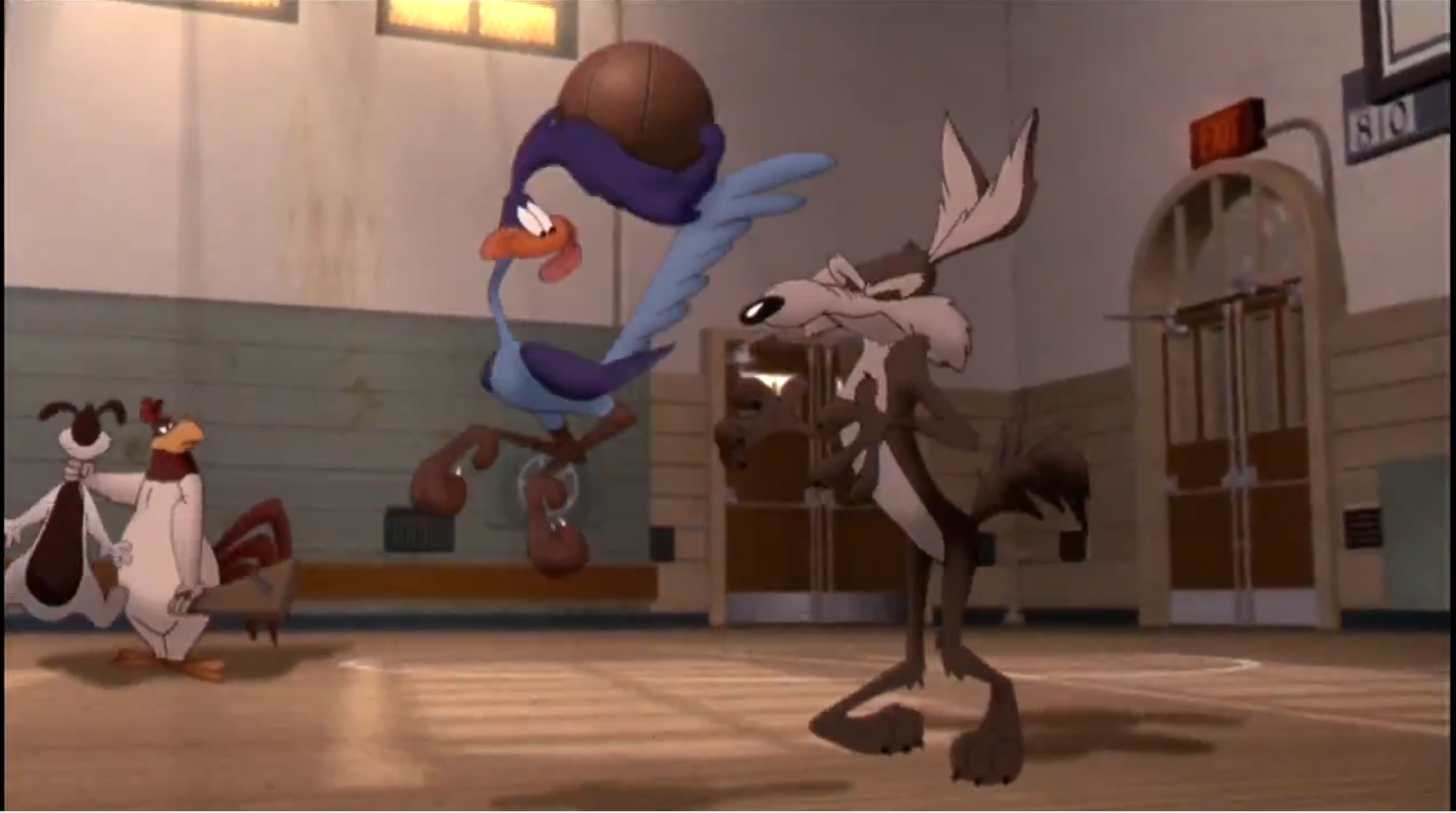
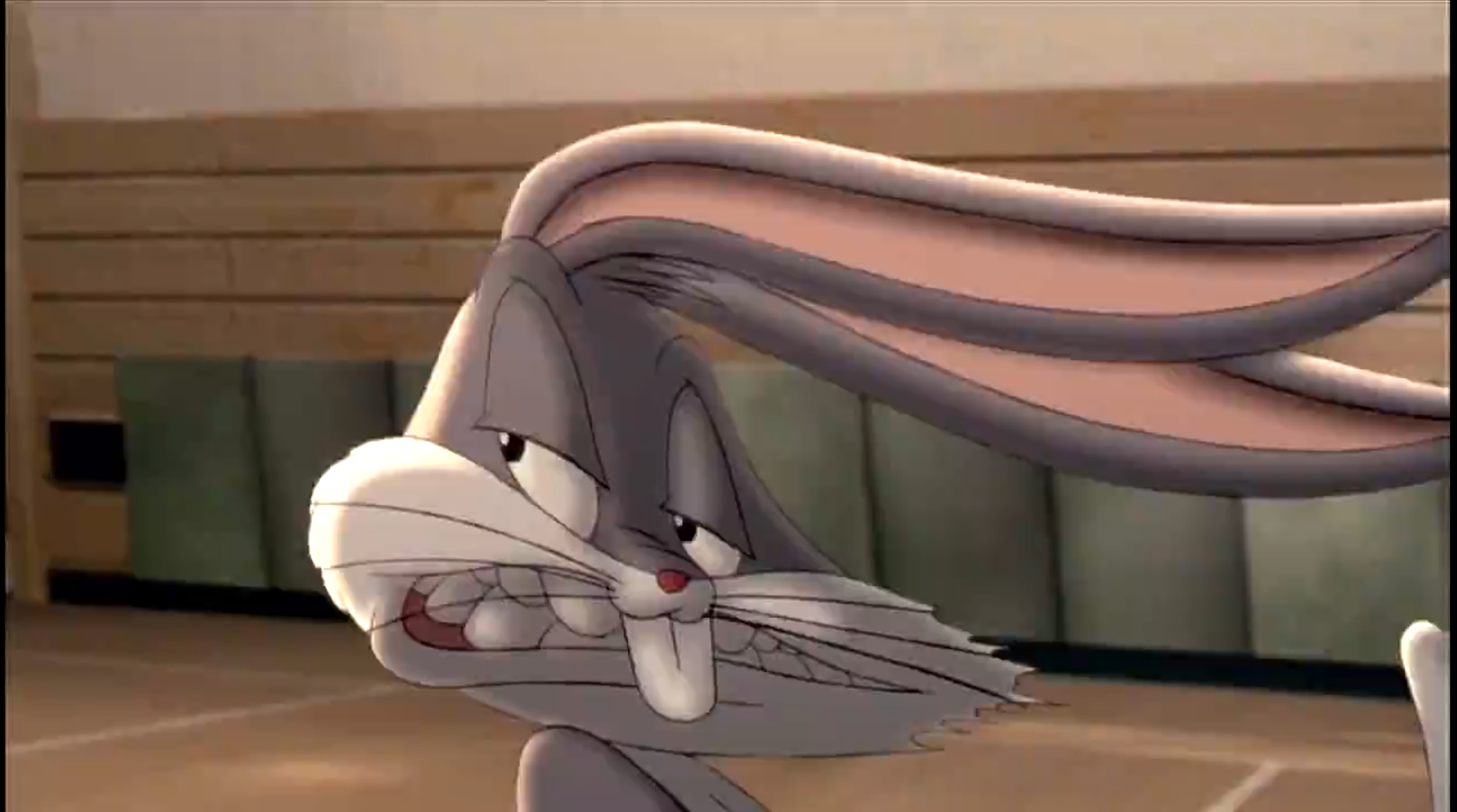
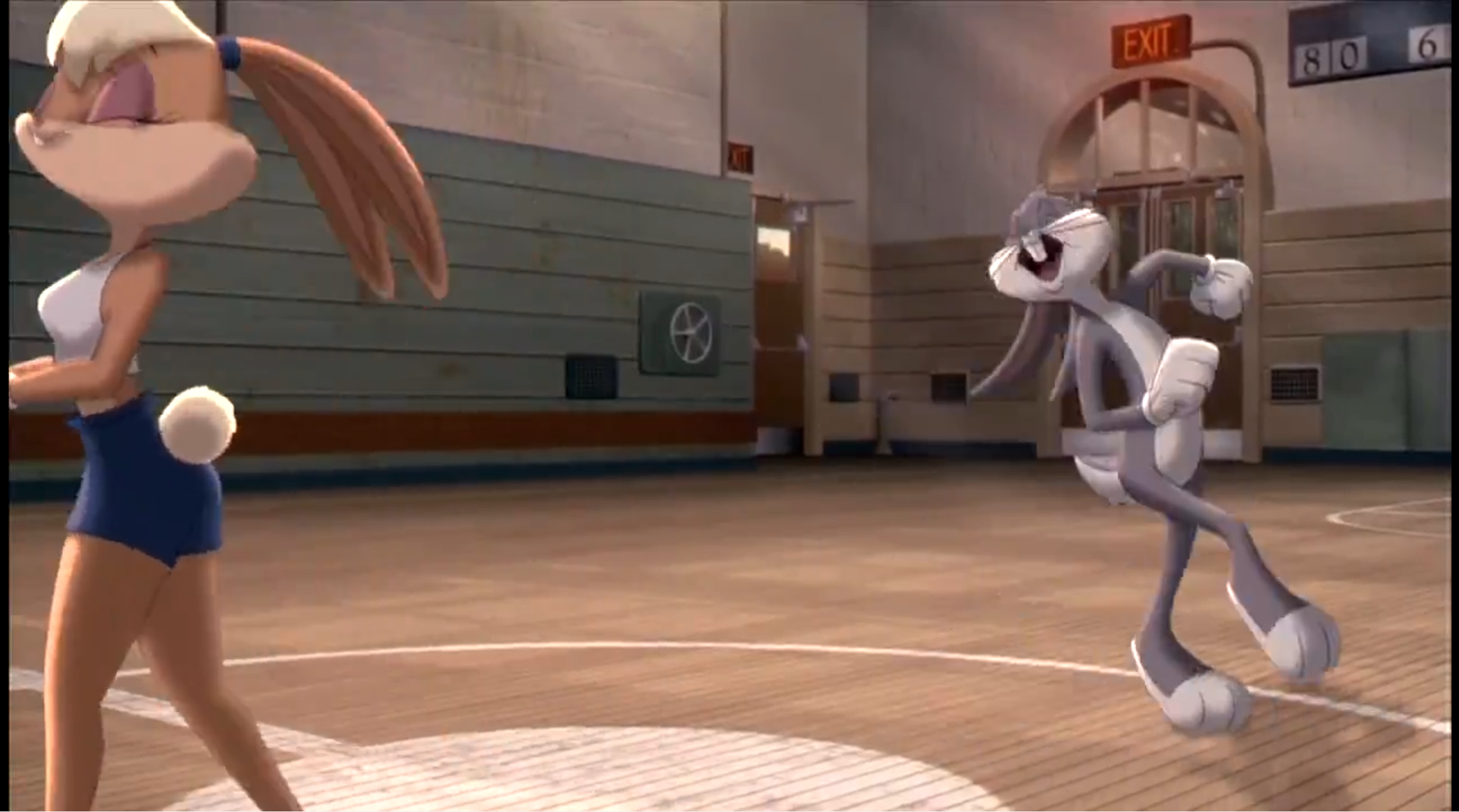
Appeal: 56:00
This is an animation principle that lets animators depict characters in way that's interesting and appealing to the viewers. It makes the character(s) in focus stand out visually from the scene. Space Jam does a rather decent job with this in the 56th minute where the entire Toon squad sits defeated in the locker room at half time during 'the game of the century'. Bugs plays a good old placebo trick on the demotivated squad in order to get them up their game so as to speak. At one particular point during this we can see a great example of the use of appeal through the use of posing and some exaggeration. There is a close up of a few of the characters including Lola bunny, Elmer Fudd, Sylvester, porky pig and Foghorn in which all of them have large eyes, somewhat rounder faces to make them appear cute and childlike. This creates a clear visual design capturing and captivating the interest of the viewer. There aren't any distracting factors with a rather simple silhouette of lockers to make the characters visually stand out. Right after, Daffy duck pops up with rather large eyes to further add an extra layer of appeal as the scene progresses. This technique can be seen in other parts of the movie, such as the scene in which daffy duck and bugs are in MJ's house trying to get his gear, and when they show close ups of Tweety.
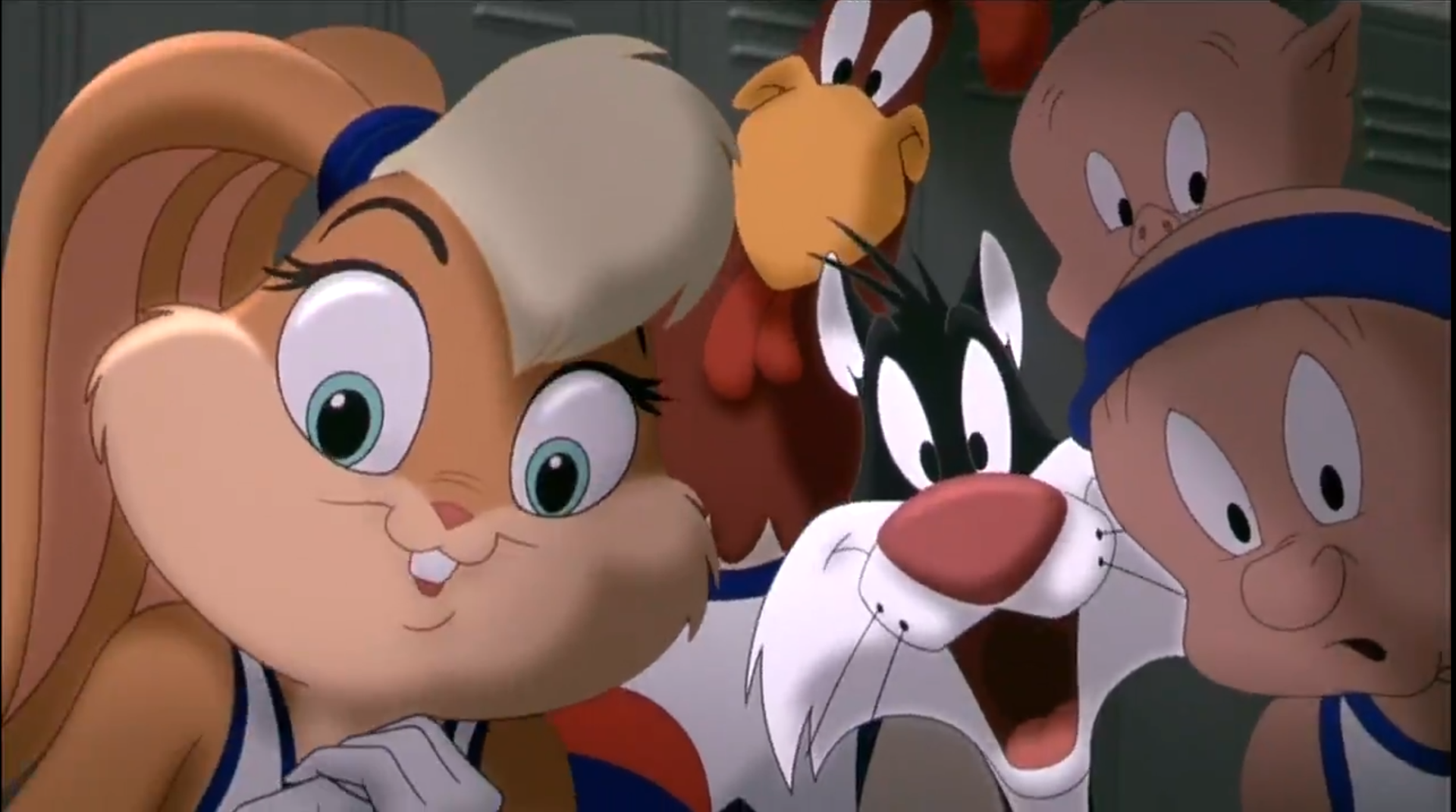
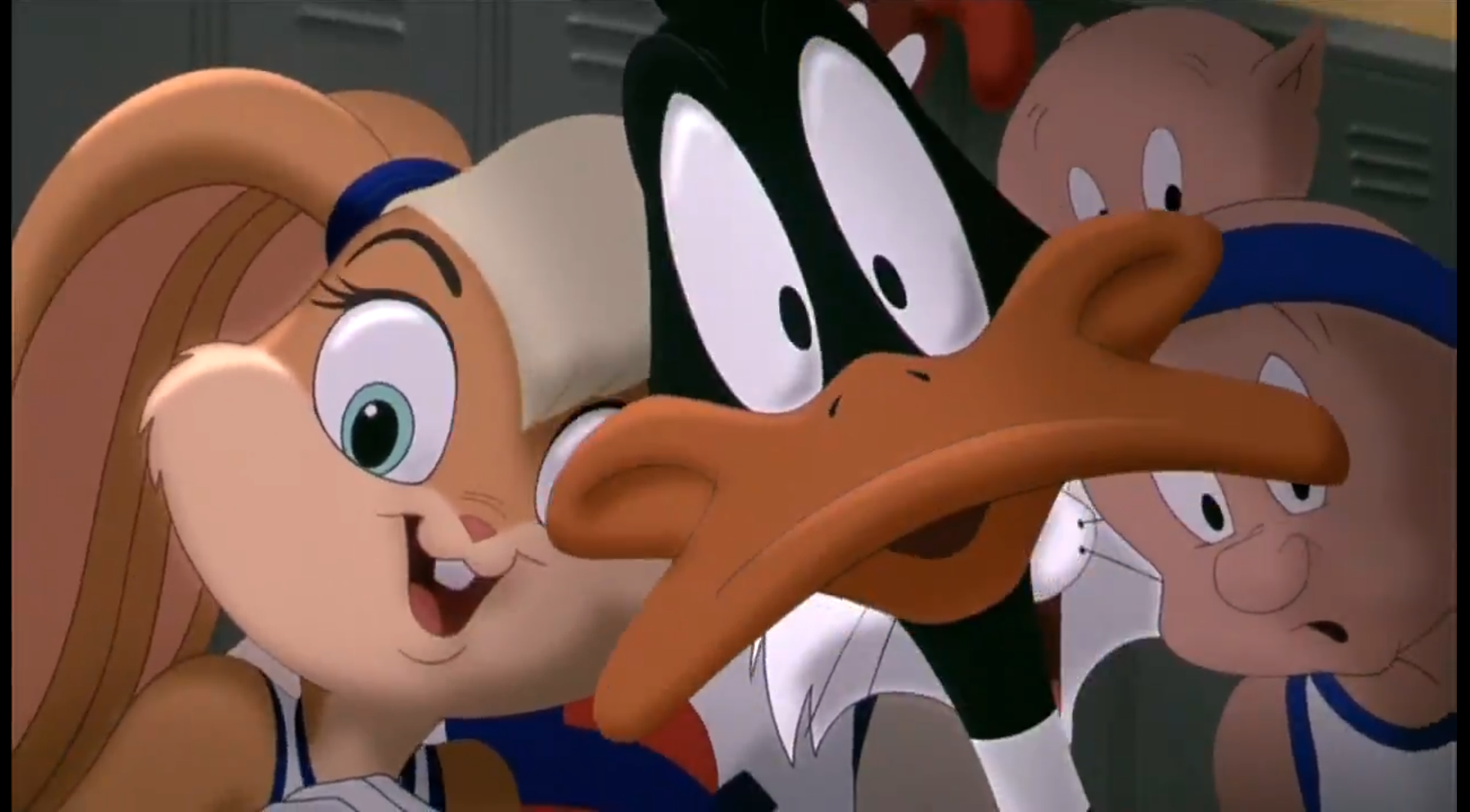
Secondary Action: 38:50; 1:04:50
Secondary actions are supplemental gestures that embellish and support the main action. This helps add dimensionality and detail to the animation of the characters that are performing the main action. In other words it gives more life to the characters by enhancing the primary action. It can also help give more insight into what a character may be doing, thinking, feeling etc. Space Jam prides itself on great usage of secondary actions for a lot of the Looney tunes. Take for example when Lola bunny walks in to the Schlesinger gym. When bugs is talking her up, his tail wags as he is holding her hand and flirting. Bugs' primary action is holding her and talking to her while tail wag is a secondary action shown to depict interest and excitement on his part upon seeing Lola. Another good example is during the final game where
Bugs is choking and stretching Daffy duck's neck in a rather comedic fashion. When Daffy's head is pulled out stretching his narrow neck, his hands are still shrugging and moving around which helps viewers understand that he is wincing in pain and hence feeling it. This depiction of out of immediate focus body movement clearly uses secondary action enhancing the main action of daffy during this funny instance.
Bugs is choking and stretching Daffy duck's neck in a rather comedic fashion. When Daffy's head is pulled out stretching his narrow neck, his hands are still shrugging and moving around which helps viewers understand that he is wincing in pain and hence feeling it. This depiction of out of immediate focus body movement clearly uses secondary action enhancing the main action of daffy during this funny instance.


Squash and Stretch: 38:20
This principle applies the contrasting change of shape in order give viewers a sense of weight. flexibility and rigidity associated with an object. A very common example can be seen where balls are animated when they are bouncing on a surface. In one pose, the object in focus (the basketball in Space Jam) appears squashed following which the object appears stretched. The movement of the object in this sequence indicates the rigidity. Even though the ball is a solid object with not much flexibility, there is a certain degree of flexibility that is possesses when compared to something like a wrecking ball for instance. The ease with which the basketball squashes and stretches helps give a sense of rigidity of the object. It is important to note that the volume of the object being squashed and stretched remains the same throughout. This technique is used in Space Jam clearly when the ball is bouncing on the court and coyote picks it up the ball after it falls on Daffy duck. There are lot of other scenarios in the movie involving squash and stretch during the 'game of the century' and during tryouts at the gym.

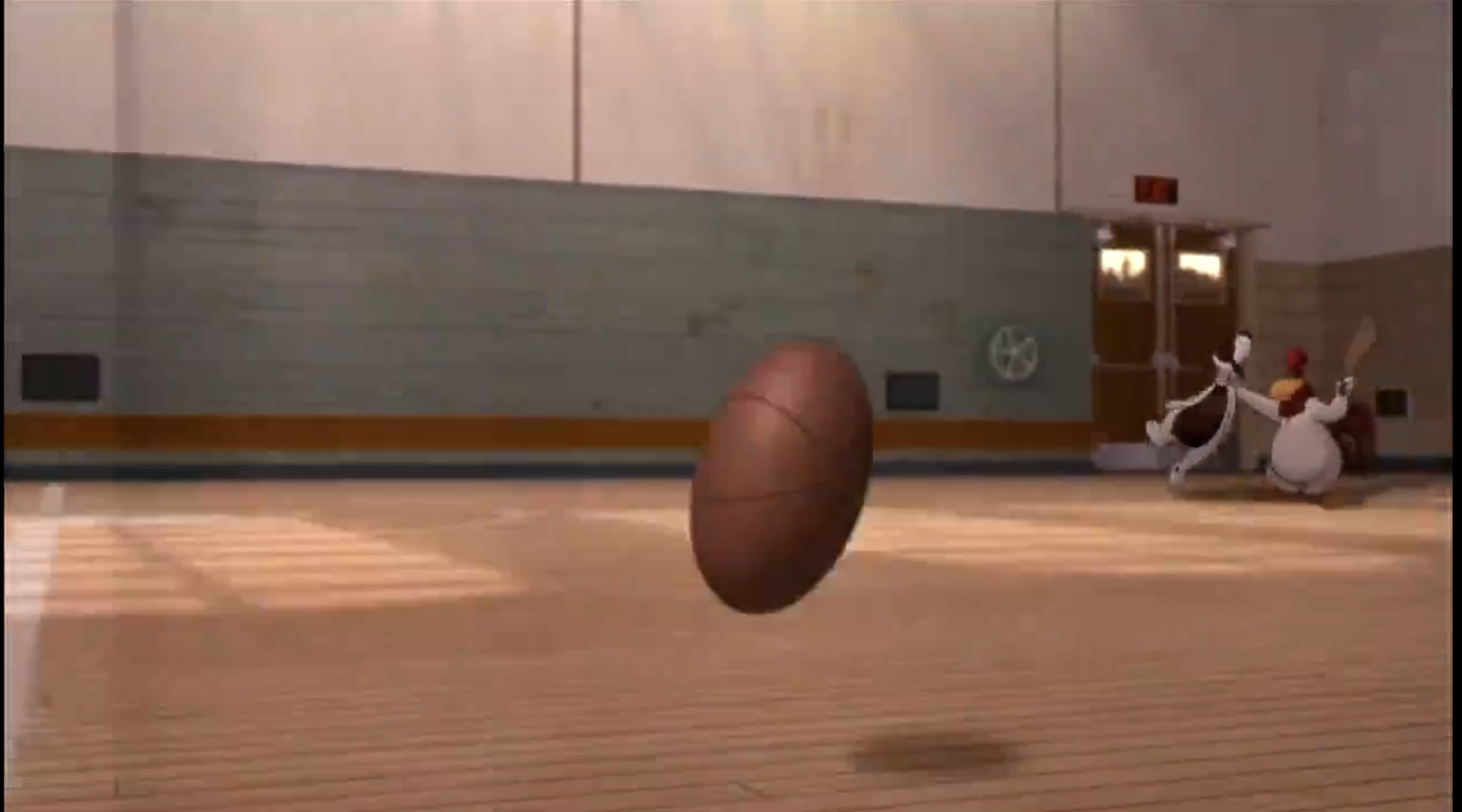
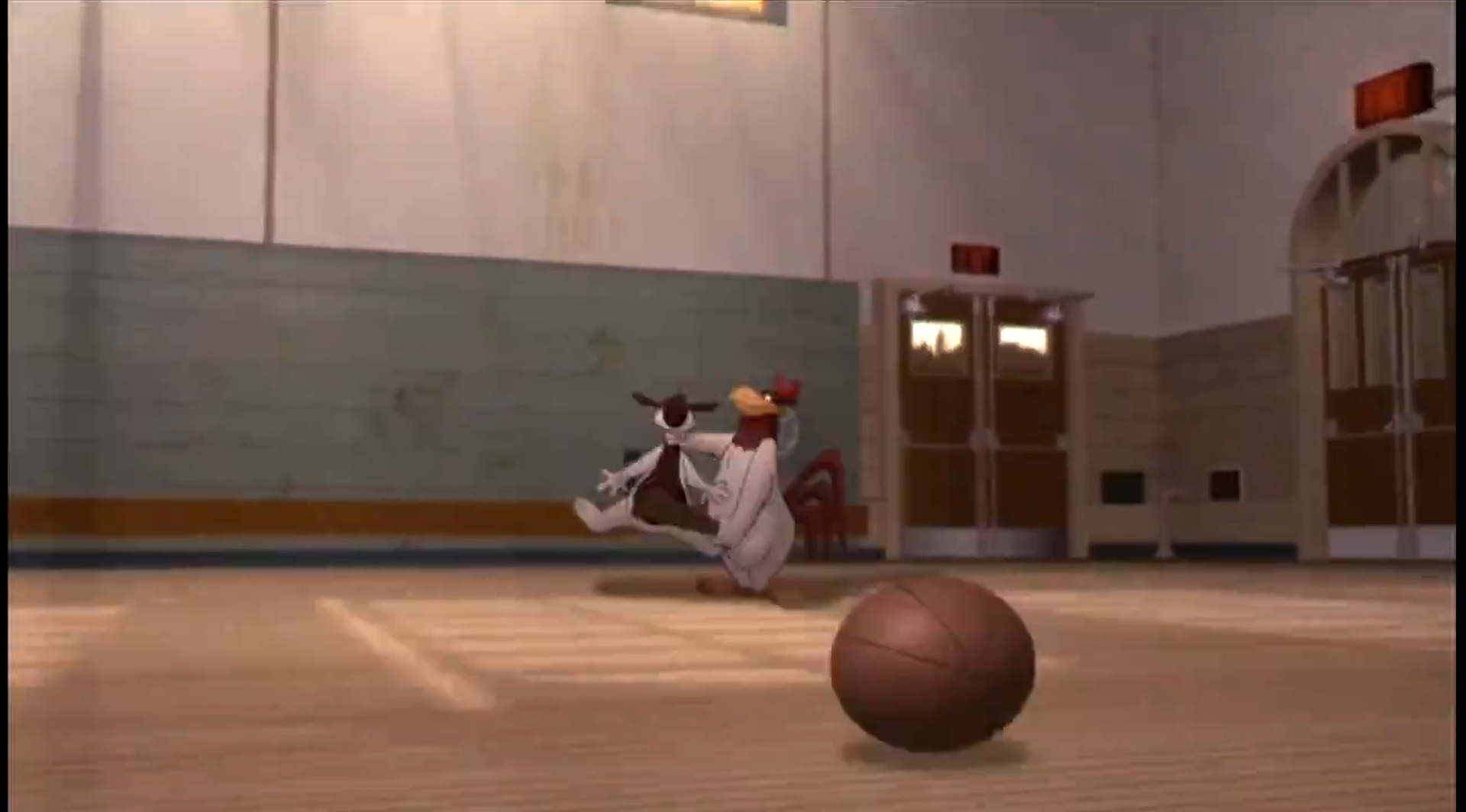
Staging: 39:00 - 39:03
Staging is an animation principle that presents an idea so that its clear to the viewer. An idea can be a personality trait, an expression, visual characteristics which promotes the exact idea to the viewers. A great example from the movie is when Bugs bunny is flattered by Lola when he first sees her during the tryouts. The animators make use of staging to convey the idea that he is interested in her by showing us hearts around his head and hearts in each of his eyes. Similarly, when he calls Lola a 'doll', she is infuriated by it and staging is again used to convey this by having fire-like flames in her eyes. These are shown in the screenshots below.


Arcs: 39:10
The visual path of objects/characters/limbs, etc. follow arcs that are defined from position to another. This makes the motion more realistic by making it seems less stiff and offers a somewhat more efficient/economic motion path. the entire movie contains the use of arcs for the motion of the animated characters. For example the motion of Bugs Bunny's mouth when he is talking to Lola bunny for the first time follows arcs that are clearly defined to express interest, excitement, and passion. Similarly, for motion of characters like the Tweety , the Tasmanian devil, bugs, etc all follow arcs. When Lola is dribbling past bugs, her hand motion follows clearly defined arcs that are different from the arcs her legs take. We see two different arcs simultaneously, one for the hands and one for the body and legs as she jumps to carry out a slam dunk. During this same scene, bugs is also moving his mouth, hands, head and body in clearly discernible arcs.
